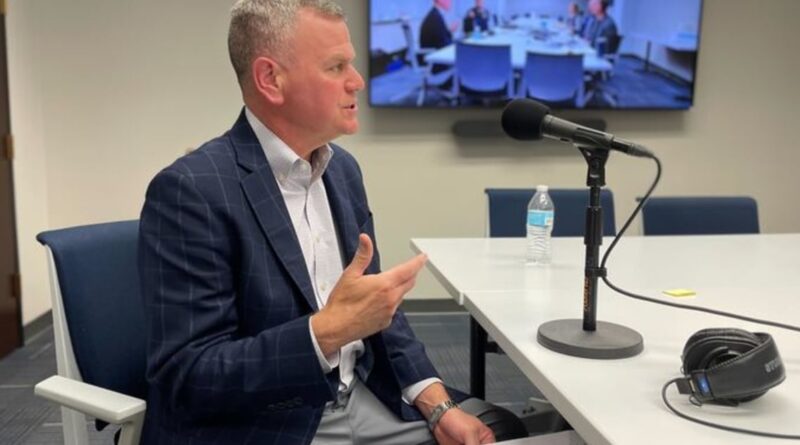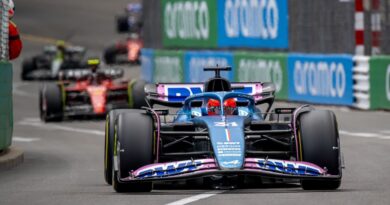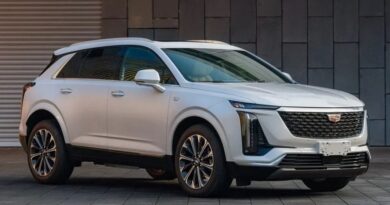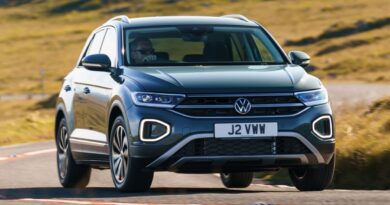U.S. Steel forges ahead on greener, lighter steel as aluminum competition heats up
DETROIT — U.S. Steel Corp. is spending billions to ramp up production of greener, high-strength steel as it looks to withstand the rise of aluminum and maintain business in a changing auto industry.
The company is constructing a $3 billion mill in Osceola, Ark., that will produce advanced high-strength and electrical steels for industries, including autos. These new products include its VerdeX green steel offering, which is made with up to 75 percent fewer greenhouse gas emissions compared with typical steel production and that U.S. Steel said in February will be supplied to General Motors.
It’s a significant example of how the 122-year-old steel maker is reimagining its products and is working with its automotive customers as it tries to fend off the growing popularity of aluminum. Aluminum is generally lighter than steel, making it an attractive material for automakers looking to build lighter vehicles for increased gas mileage or electric vehicle battery range — and it represents a potential threat to any steelmaker’s bottom line.
“Our engineers are working really closely with all of our major customer engineering teams to get the most out of that steel material,” said Ken Jaycox, U.S. Steel’s chief commercial officer, in an interview with Automotive News. “We feel really good about where steel is positioned.”
The auto industry has long been a significant driver of business for U.S. Steel and it remains so today. According to an annual regulatory filing, U.S. Steel shipped 3.25 million tons of steel to the transportation and automotive sectors in 2022, accounting for about 22 percent of all of its steel shipments, more than any other industry.
But aluminum is on the rise.
An April study of automakers and Tier 1 suppliers commissioned by consultant firm Ducker Carlisle found that aluminum is expected to account for about 556 pounds per vehicle in North America by 2030, compared with 459 pounds in 2020 and 340 pounds in 2010. The study was commissioned by the Aluminum Association, which represents aluminum producers in the U.S.
It’s yet another indication that automakers are turning to aluminum to make their vehicles lighter, particularly EVs that are weighed down by heavy battery packs.
Automakers aim to roll out dozens of new EV models in the coming years. At the same time, they’re reforming their supply chains to become more environmentally friendly and sustainable, oftentimes warning their suppliers that they won’t get the business if they don’t meet aggressive emissions targets.
For U.S. Steel, that’s meant investing in new types of steel that can better compete with aluminum and can meet the needs of EV models and their components. It has also meant reimagining how it makes its products.
Take the company’s VerdeX green steel offering, for example. Jaycox said U.S. Steel would provide about 150,000 tons of VerdeX steel to GM, accounting for between 15 and 20 percent of its business with the Detroit automaker.
VerdeX, created with up to 90 percent recycled content, will be made at Big River Steel, an Arkansas mill fully acquired by U.S. Steel in 2021 for $774 million. The mill is LEED-certified, the rating system used by the U.S. Green Building Council to measure a building’s sustainability and resource efficiency. The new steel will also be made at the company’s Arkansas mill now under construction and expected to open in 2024.
Jaycox calls GM a “first mover” in coming to U.S. Steel with its environmental and sustainability goals and in signaling that green steel would be an important part of reaching those targets.
“I think of this as a first step, not a last step or final step, but a chance for us to begin a relationship and work with the mill down in Arkansas to support GM,” he said.
But given today’s limited supply, securing green steel can be a long process.
Jaycox said conversations with GM on green steel began about a year ago. The product requires “a lot more preplanning and forecasting” as they try to understand how much of it their customers — including nonautomotive companies — will need in the coming years, he said.
“The thing we’ve really tried to emphasize more than anything else is that these aren’t solutions we can turn over tomorrow,” Jaycox said. “Now is the time to engage. If you want to talk about … green steel production, these are 18-, 24- or 36-month journeys that require a lot of joint business planning.”
And that means a “different level of conversation” than what the auto industry is used to having, he said.
“It’s no longer just a procurement conversation,” Jaycox said. “It’s steeped in engineering and [an environmental, social and governance framework] and sustainability.”
Demand for green steel is certain to rise as automakers and parts suppliers look to make their supply chains more eco-friendly.
German supplier ZF Group, the world’s third largest by annual sales to automakers, has a goal of being carbon neutral by 2040 throughout its supply chain. To help do that, the company is in direct contact with its steel providers and other suppliers to ask them about their decarbonization strategies, said Michael Karrer, senior vice president of sustainability at ZF Group.
That’s because steel and aluminum account for the largest share of emissions in their supply chain, he said.
“The steel plants are in a similar situation as us,” Karrer said. “They need to find ways to decarbonize their businesses. So we’re working with them.”
U.S. Steel set a target of net-zero greenhouse gas emissions for 2050, and the company is working to secure more forms of renewable energy to power its plants, Jaycox said.
“It’s my vision that not too far from today, we’ll be able to go to a customer and ask what type of energy input they want in their end product,” he said. “And then we can configure steel based off allocating that energy and that timeline to produce the lowest-carbon steel possible using electrical sources from renewable energy.”
That will require U.S. Steel to be a “good listener” as it looks to provide a “bespoke solution” for each of its customers, Jaycox said. He thinks the company is up to the challenge.
“The future is bright,” Jaycox said.
Source : Autonews.com




